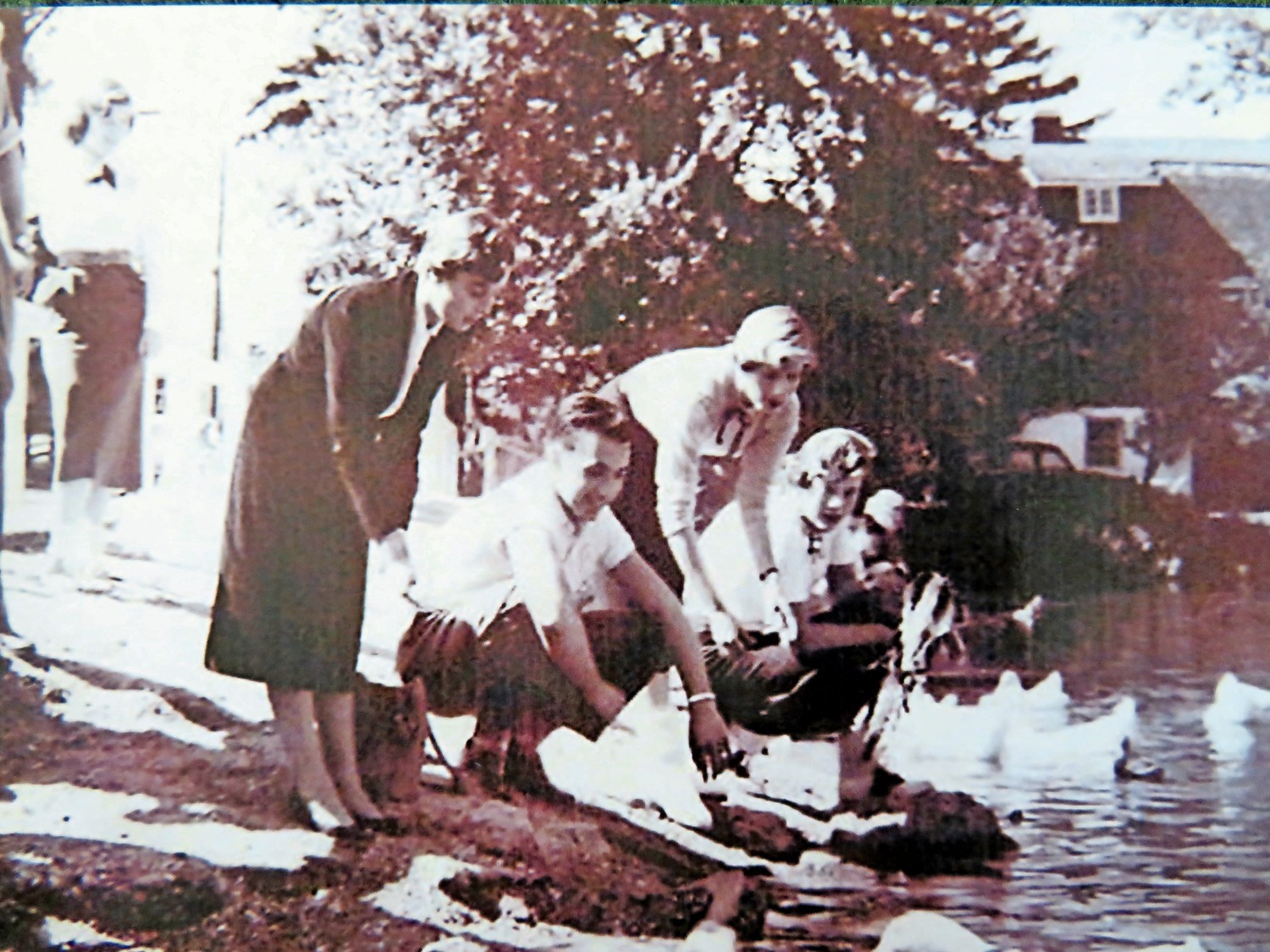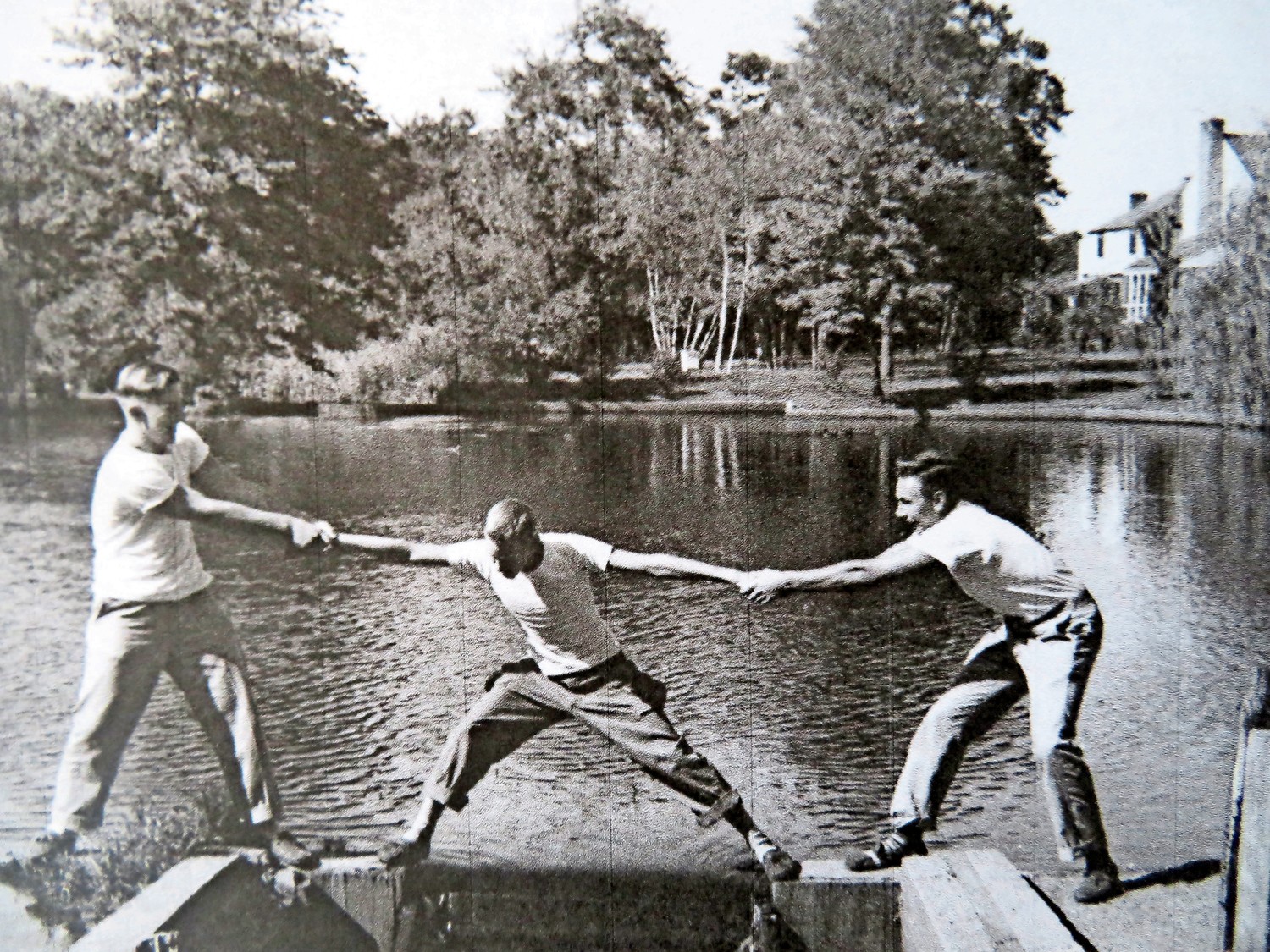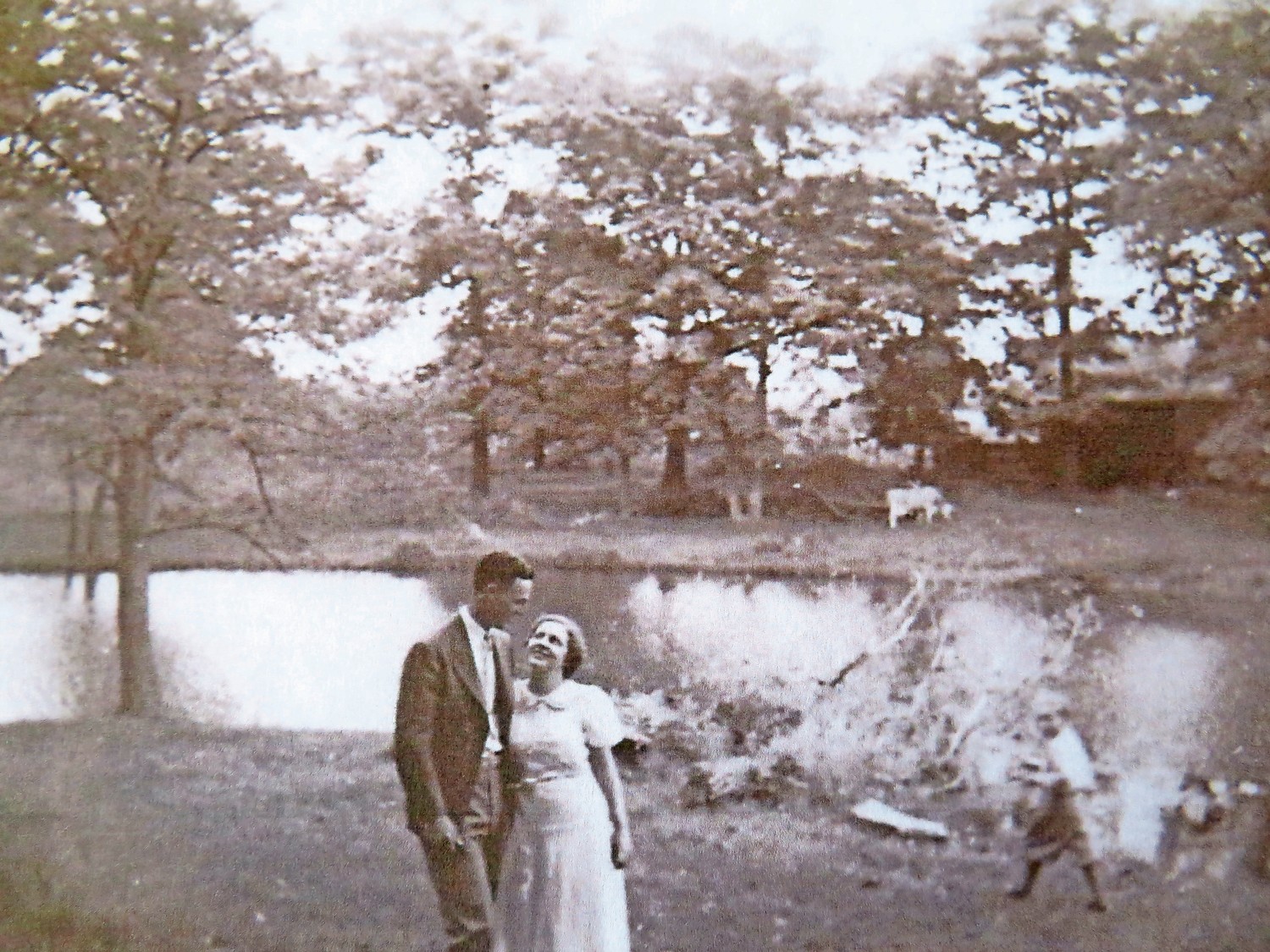Streams, lakes and ponds surrounding West Hempstead
In 1643, the area that makes up the West Hempstead community was purchased from the Massapequa and featured lush pastureland, arable soil and plentiful streams. This is the story of Hempstead Lake, the Schodack Brook and the Pine Stream. By 1850, Oliver’s Eagle Grist Mill on Hempstead Lake was the largest on Long Island and sold products globally. In 1873, The Brooklyn Water Supply Company purchased the lake and the Mill River, which it dammed, greatly increasing the lake’s size to a 167-acre reservoir for Brooklyn. In 1925, the lake became a park and the Southern State Parkway ran through it till it was reconfigured in 1947.
The Schodack Brook, which was named for a farmer in the area, channeled water to the many farms along Woodfield Road. In February 1975, it was the scene of a railroad bridge cave that was the first photographed accident of its kind on Long Island. Four men were killed and the blast from the engine rattled windows as far away as Garden City. Near the Lakeview Rail Road Depot, the brook was dammed to create a pond of many names depending upon the owner and date. It has been called Donlon’s, Twin, Jenning’s, and Hagenberger’s. Donlon from across Woodfield Road originally stocked it with trout for a fishing paradise for his New York City friends coming out on the train. It later became a farm pond of many shapes and sizes. Downstream, Limbach’s Pond was a farm pond also, but in the winter it was a site for skating parties and bonfires.
The Pine Stream flows South from above Hempstead Turnpike. It formed Collin’s Pond by the Collin’s Estate and attracted many ducks. It was directly across the street from West Hempstead High School. Next, at one time was Johnson’s Pond on the other side of Johnson’s Lane. At one point there was an ice house between it and the pond first named Wood’s, then Wall’s, then Hall’s Pond. Hall’s Pond, an early favorite swimming hole became a county park in 1961. Here, the Pine Stream enters and then flows underground to Malverne where it once formed Pine Lake, the present location of Malverne High School. Clearly, humans have altered the aquatic environment since the area’s purchase from the Native People.
Now through mid-September, you can see the full display of photos form the archives of the West Hempstead Historical Society on display at the public library. People are invited to take a dip into some of West Hempstead’s history.
Submitted by Lesley McAvoy











